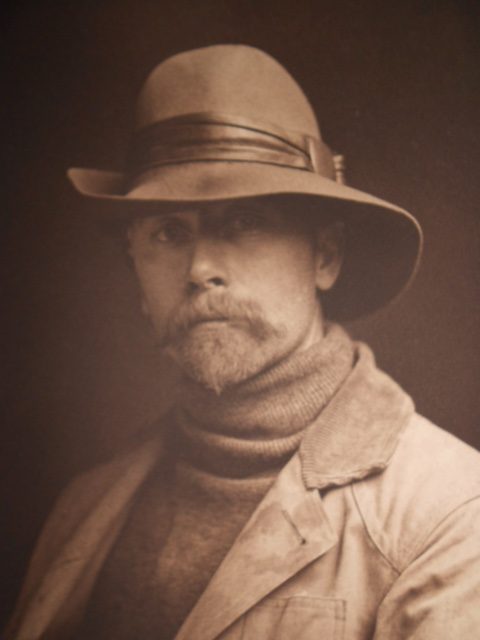Edward Curtis
1868-1952
ABOUT
Edward Curtis took more than 40,000 photographs across his 30-year career and is remembered for creating an immense landmark portfolio documenting and preserving the history and culture of the North American Indian. Curtis’s career began with his appointment as the official photographer for the Harriman Alaska Expedition of 1899 where he photographed everything from glaciers to Eskimo settlements. On a trip to Montana following the 1899 Expedition, Curtis became deeply moved by the Piegan people living there, which set his career on a path for which he would become widely known for. Financially supported by Theodore Roosevelt and investment banker, J.P. Morgan, in 1906 Curtis set out on a journey across the American West to photograph dozens of native tribes. By 1930, Curtis had published the last of his 20-volume publication, The North American Indian, but to little acclaim, in large part to the stock market crash of 1929. He died in 1952, estranged from his family and with little notoriety for his photographic artistry. In the 1970s, Curtis’s work was rediscovered and he is survived by the legacy of his attempt to create a timeless vision and history of Native American Indian culture during a time when western expansion had irrevocably altered their way of life.

